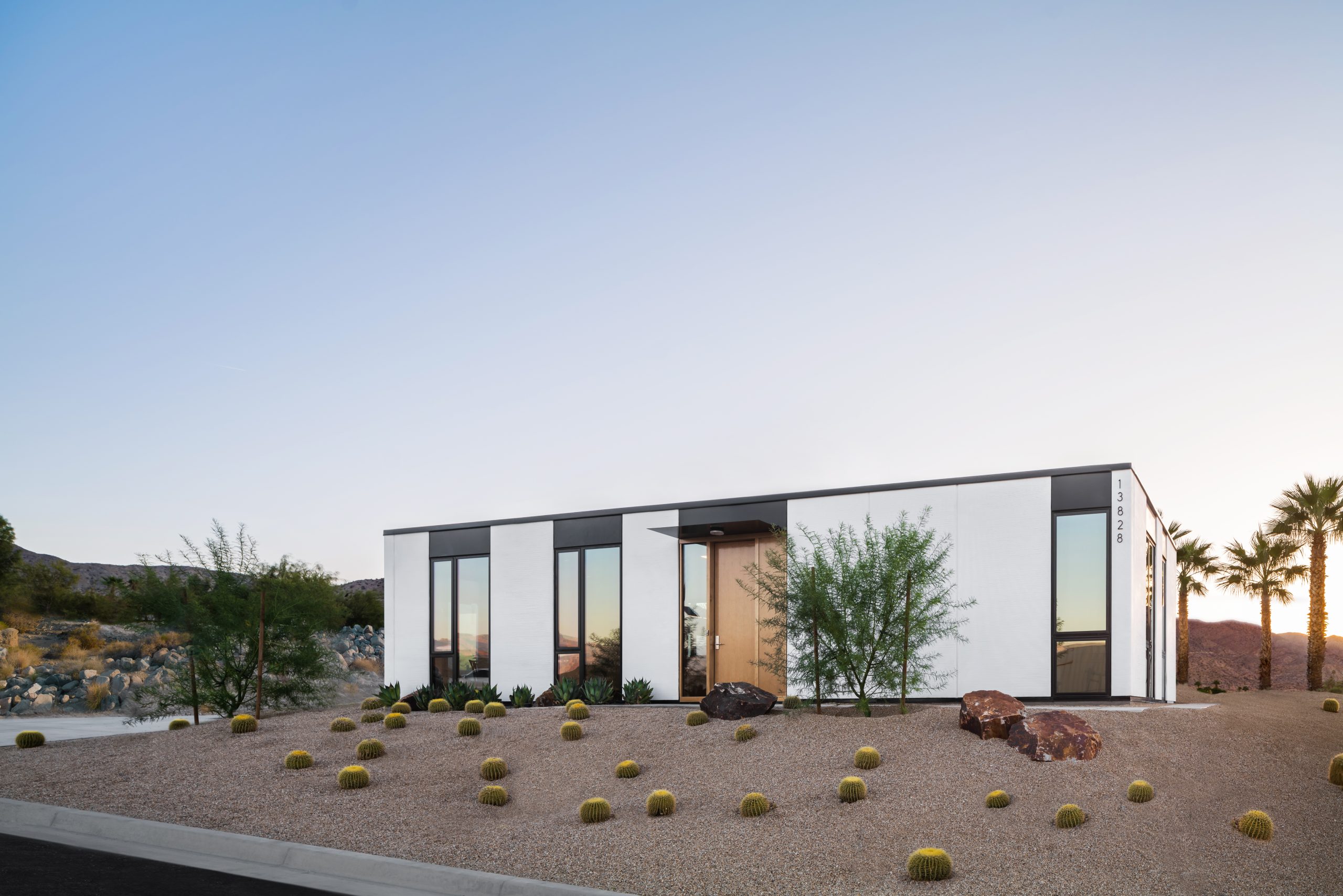
Are Modular Homes a Good Investment?

Are Modular Homes a Good Investment?
Owning a home has long been considered the American Dream. Home is the place where families grow and enjoy life’s most important moments. But building a home is often a complex, expensive, and overwhelming process that can take longer than expected.
Buying an existing home isn’t always an option, either. A shrinking inventory of available houses and rising prices have put homeownership out of reach for millions of people. Modular homes are excellent investments that offer solutions to these and many other problems.
What Is a Modular Home?
For decades most homes have been constructed on-site, board-by-board, a method known as stick-frame building. In contrast, modular homes are built in large sections, or modules, in a factory. Modular homes are also called prefab houses since sections are prefabricated off-site. Once completed, units are transported to the building site and then assembled. A contractor attaches all the modules to the foundation and each other to create a complete house.
While modular homes have gotten a lot more attention in recent years, they are not new. The first prefabricated homes were built in 1900, and modular houses were trendy after World War II when returning troops needed family housing. Today’s modular home builders offer much better quality and variety than earlier manufacturers. That is one of many reasons the prefabricated home industry grew 8.6% in just the last five years.
Prefab Homes Are Affordable
In recent years the rental market has soared, primarily because so many people cannot afford a home. But research shows that 72% of renters would prefer to own a home if they could. Many have found that building a modular home makes homeownership possible.
Modular home construction costs are often 15 to 20 percent lower than stick-frame building. There is no need to hire an architect, and homes are built by experienced crews using an assembly-line process and robotics, which reduce costs. Owners do not run into the cost-overruns common with traditional home building projects.
Owners may also have more financing options. Traditional lenders such as banks treat modular home financing the same as homes built on-site. It is easy to get funding and refinance. Also, modular home builders can often help clients arrange financing.
The final cost depends on the size and design of a home and the materials chosen. Prefab homes are incredibly customizable, and if owners choose premium materials and features, the cost of a completed house could be in the same range as one that is stick-built.
Modular Home Quality
The quality of prefab homes has steadily improved over the decades; today, many are better built than traditional homes. There are several reasons for this.
Factory Quality Standards
All building plans must be reviewed and approved in the state where the manufacturer plans to sell homes. Houses must meet the codes for the state that will be their final location.
Per Home Advisor, modular home manufacturers have tools that aren’t available to site builders. These include custom jigs that ensure every wall, floor, and ceiling are plumb and square. Since modules are built entirely indoors in controlled settings, materials are protected from the weather, so they are in excellent condition when final construction begins.
Home modules are created using a combination of robotics and skilled crews to ensure high-quality results. Every phase is subject to rigorous quality control. Each section is carefully inspected in the factory before being shipped.
On-Site Inspection
Once a contractor has built modular home, the house undergoes a final inspection. Homes must be permitted and inspected by local housing authorities.
Construction Speed
Generally, a modular home can be built in far less time than a stick-frame house, and, in some cases, construction is five times faster. The average building time for a modular home is between 6 and 16 weeks. Building a home on-site can take between 24 to 37 weeks, and weather or material delays can extend the timeframe.
The shortest timeframe assumes that the site has been adequately prepared and the foundation completed. However, home construction and site preparation are often done simultaneously since the majority of construction occurs in a factory.
This kind of efficiency can be crucial for those who want to move as soon as possible. It can make a massive difference to owners currently renting or needing to be in their new home when the school year begins.
The Lifespan of a Modular/Prefab Home
Most people who want to build a home plan to live in it for decades or even leave it to their children one day, and some wonder if a modular home would allow them to do that. The answer is typically yes, but material quality, maintenance, and a home’s durability are contributing factors.
Material Quality
A modular home manufacturer can recommend long-lasting, premium materials that stand the test of time. Owners may choose the same materials that would go into a traditional home and expect them to last just as long.
Durability
According to UpNest real estate professionals, modular home builders follow the same codes and building standards as stick-built homes. Homes have the same quality HVAC, electrical systems, roof, and plumbing.
A home’s durability also depends on its ability to withstand the weather. Since modular homes are created in a factory, materials are protected from the beginning, establishing better structural integrity.
Maintenance
As with all homes, the lifespan and condition of a house depend on routine maintenance and repair. Homeowners can follow the same upkeep procedures as traditional homes and use the same repair professionals.
A Modular Home Is a Wise Investment
Like traditional homes, today’s well-built modular homes appreciate, making them excellent investments. Their popularity is one factor that has made prefab homes more valuable. Approximately 100,000 modular homes were constructed in the U.S. between 2011 and 2017.
Higher standards and improved materials have also made modular housing safer, more durable, and attractive. Manufacturers offer a wide range of designs and floor plans, so it’s possible to order a modular home suitable for any location.
The ultimate resale value depends on the same factors that impact traditional homes. These include location, lot size, curb appeal, and condition. But the high standards used to construct modular homes mean they are built to last and maintain their value.
